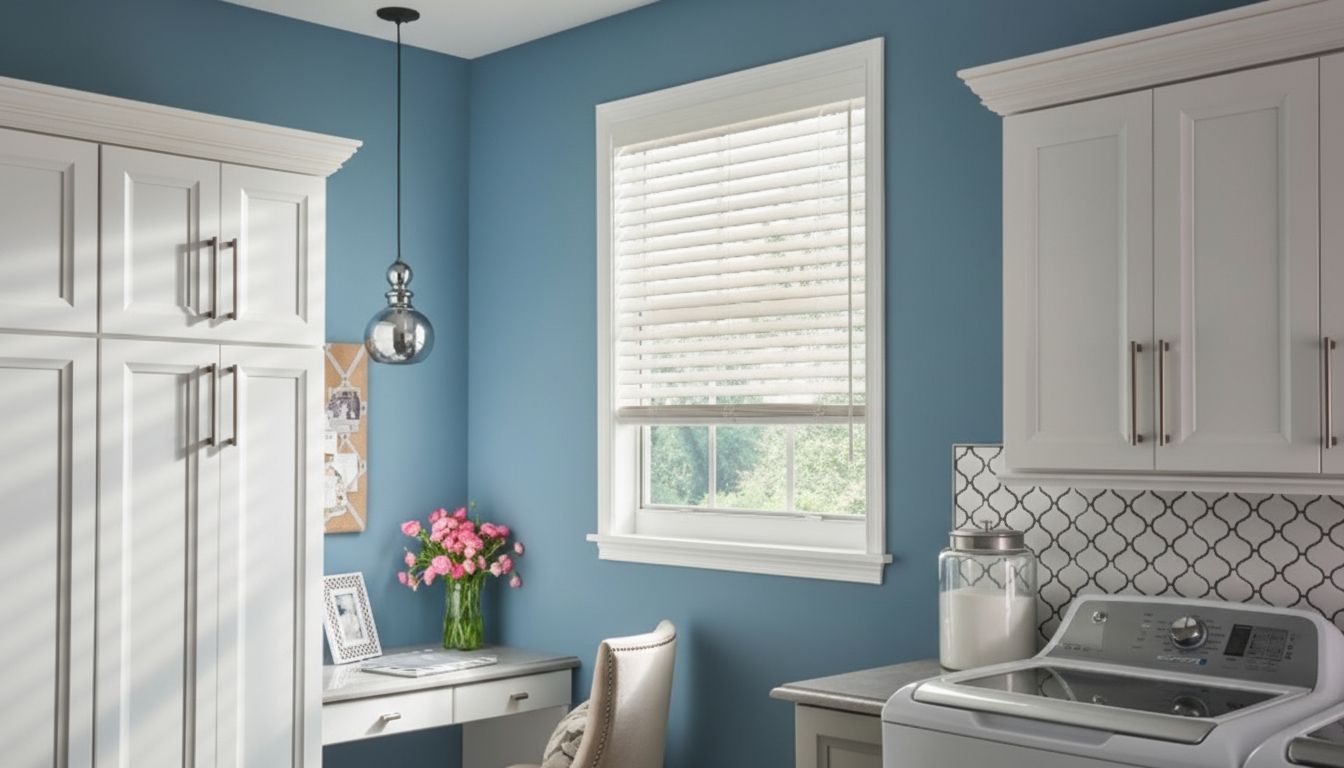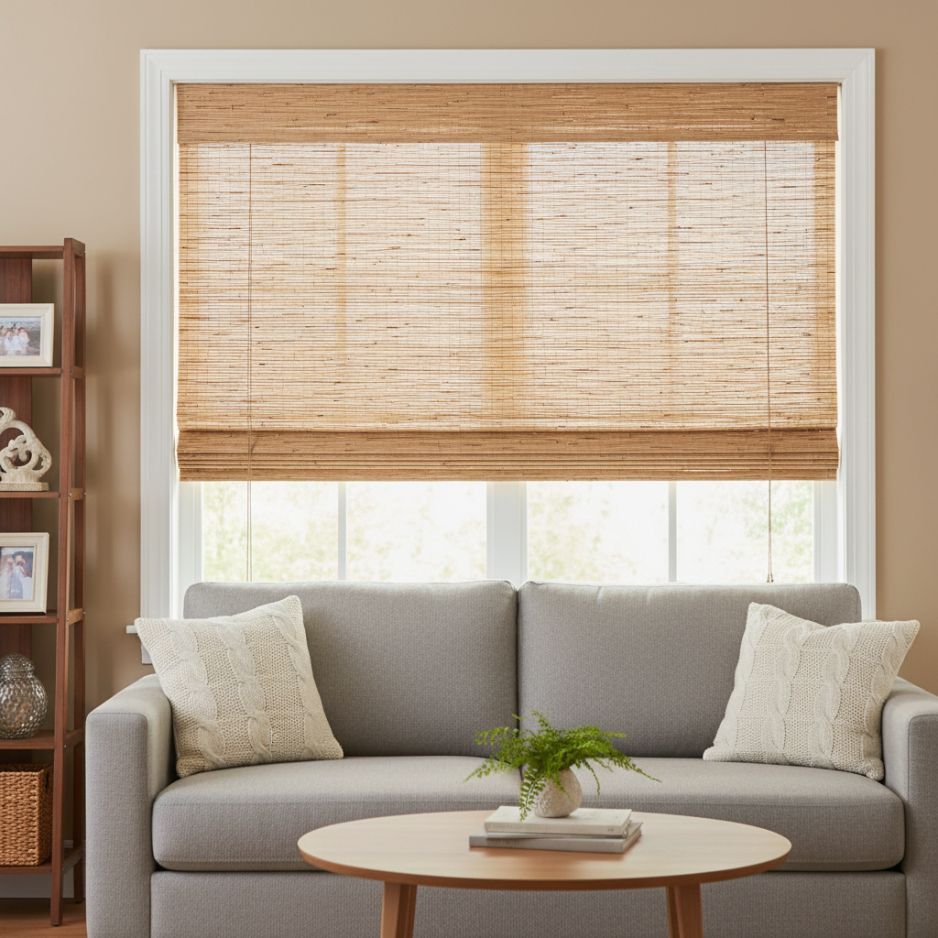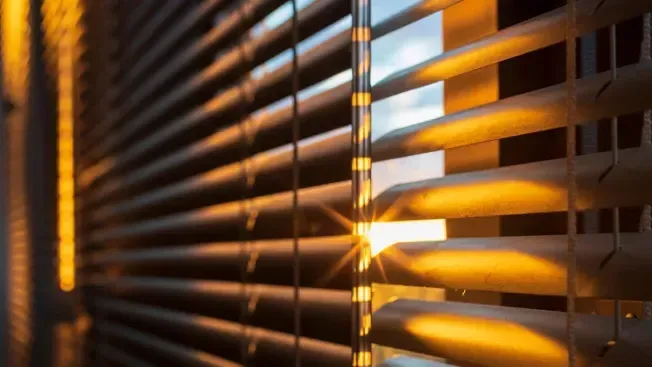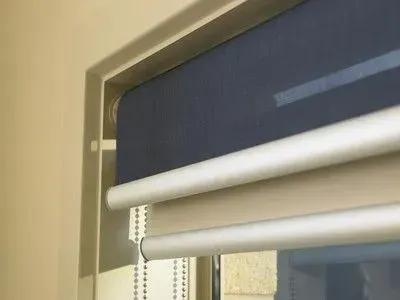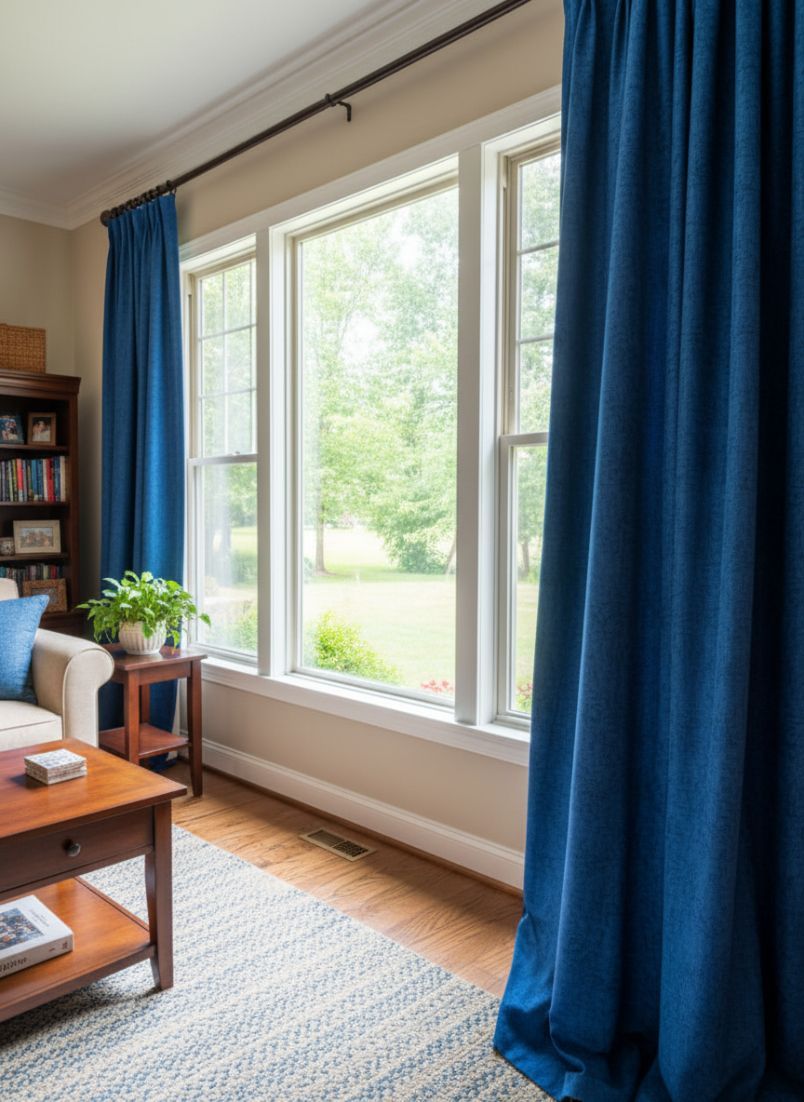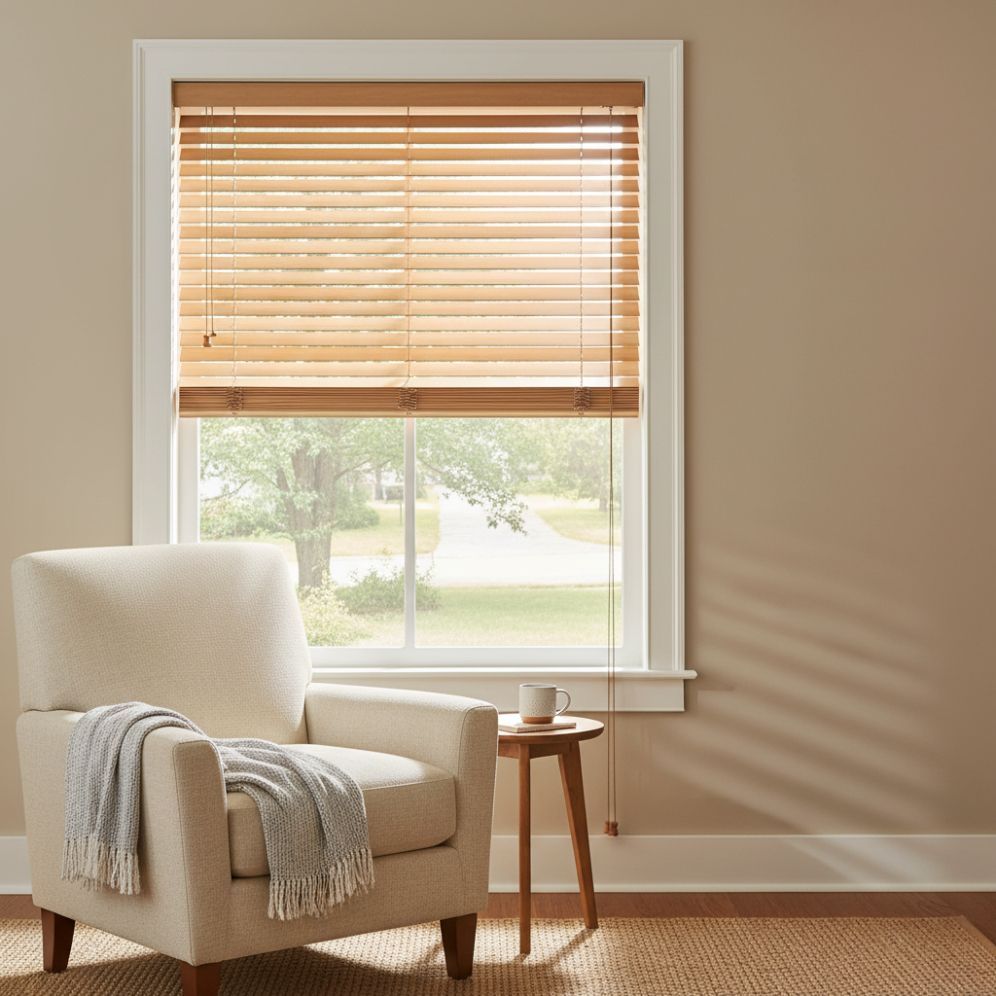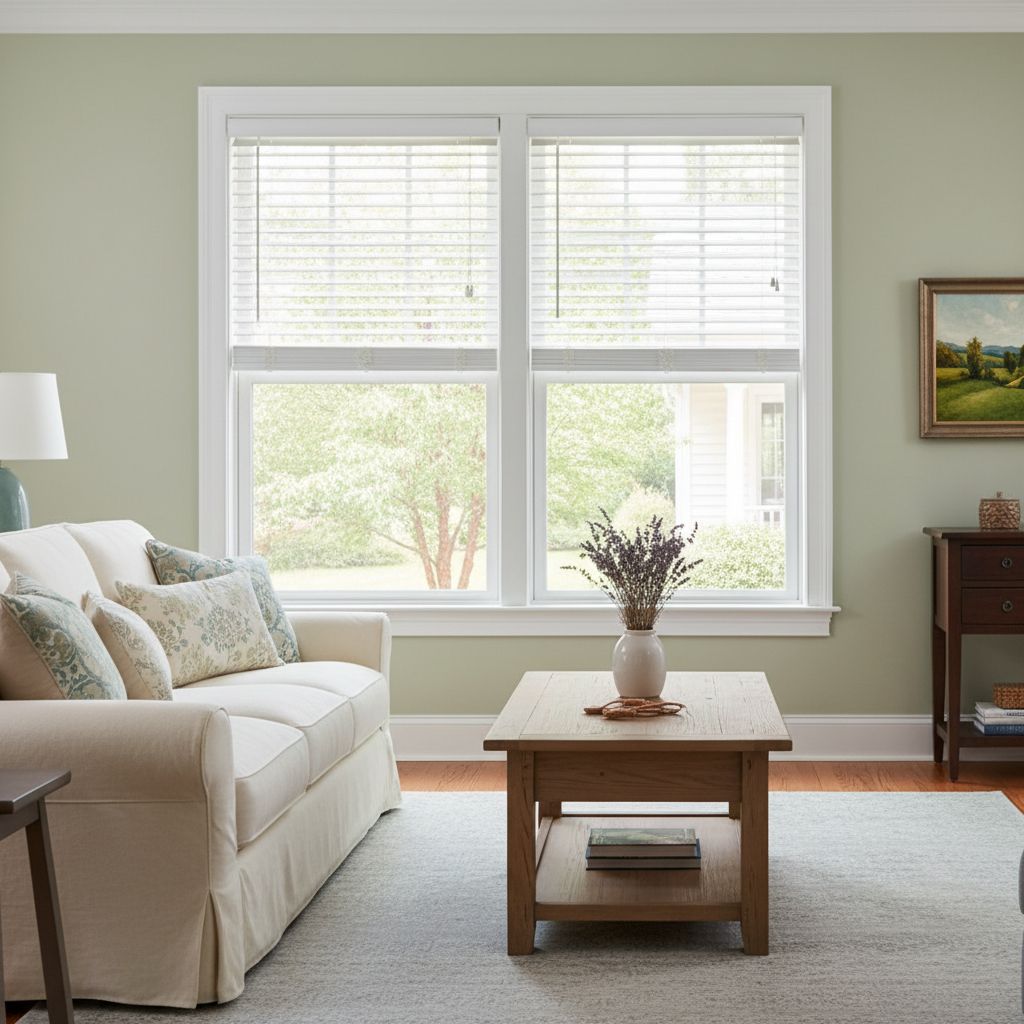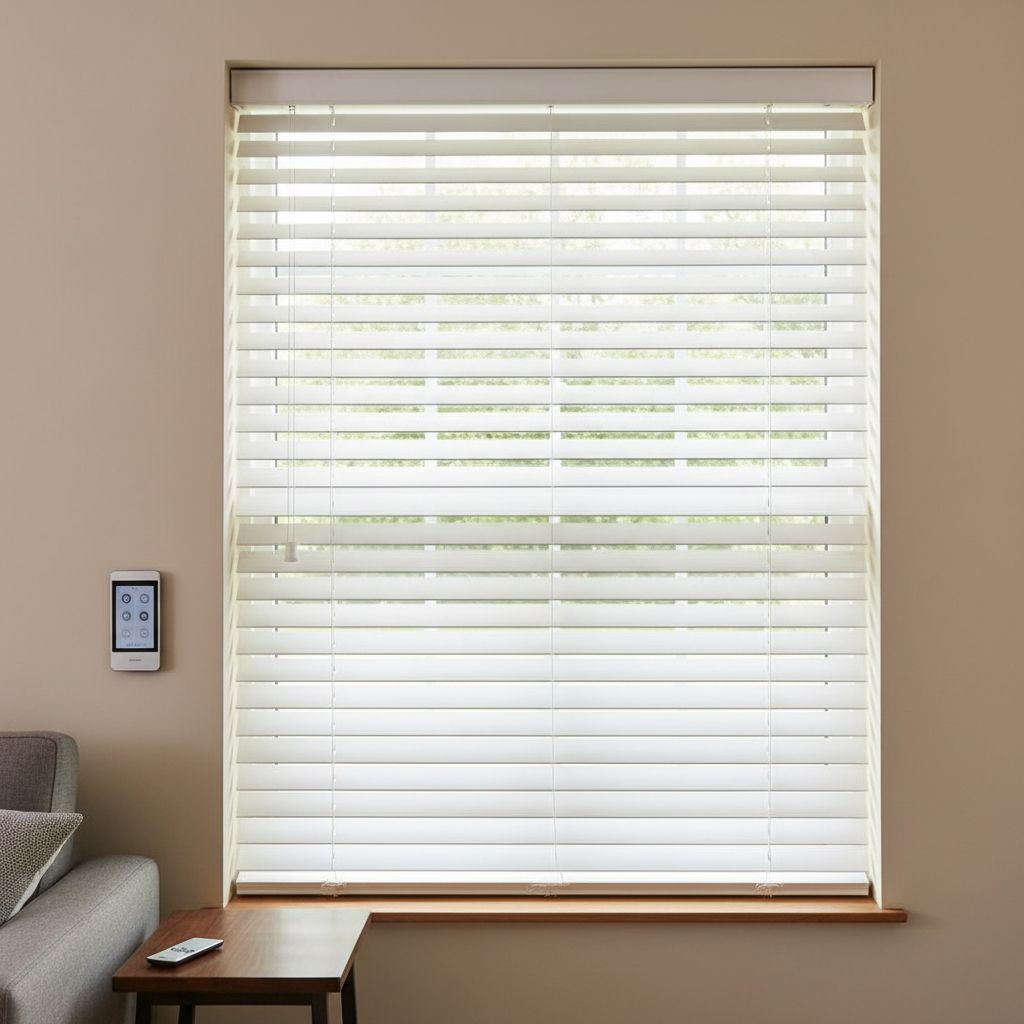Top Window Treatment Mistakes People Make in Hot, Dry Climates
TLDR:
In Arizona’s hot, dry climate, the biggest window treatment mistakes are choosing the wrong materials, ignoring solar heat gain, skipping insulation, and underestimating the power of automation or exterior shading. These missteps can drive up cooling costs, reduce comfort, and damage interiors over time.
Why Getting Window Treatments Right in Arizona Matters
With more than 300 days of sunshine each year and summer temperatures regularly exceeding 100°F, Arizona’s desert climate pushes homes and businesses to their thermal limits. At Love Is Blinds AZ, we’ve seen firsthand how proper window coverings can dramatically improve comfort, energy efficiency, and longevity of interior spaces.
Yet despite best intentions, many Arizonans make costly window treatment mistakes that defeat the purpose of covering their windows in the first place.
Let’s explore those missteps—and how to avoid them.
Mistake #1: Overlooking Solar Heat Gain (SHGC)
What is SHGC?
SHGC—or Solar Heat Gain Coefficient—is a number between 0 and 1 that tells you how much solar radiation a window transmits. The lower the number, the better it blocks heat.
Why It Matters in Arizona:
High SHGC means your windows are letting in too much heat. If you install window coverings without checking the SHGC of your windows (or ignore coatings like Low-E), you’re essentially working against your cooling system.
Common Mistakes:
- Choosing untreated glass or high SHGC windows
- Skipping reflective or low-E film options
- Not understanding where to find SHGC ratings (usually on NFRC labels)
How to Do It Right:
- Look for windows or films with SHGC ratings below 0.30 for Arizona climates
- Pair low-SHGC glass with reflective window coverings like solar shades
- If replacing windows, choose models that combine low SHGC with high visibility
Mistake #2: Choosing the Wrong Window Frame Materials
Not All Frames Handle Heat the Same Way:
Materials like aluminum conduct heat, turning your window frames into miniature radiators.
Better Alternatives for Arizona:
- Vinyl: Low conductivity, good insulator
- Fiberglass: Durable, thermally stable
- Composite Frames: Often combine wood interior with vinyl or fiberglass exterior
Key Considerations:
- Avoid metal unless it includes thermal breaks
- Look for frames with heat-resistant seals and expansion tolerance
Mistake #3: Skipping Insulative Interior Treatments
Hot air isn’t your only enemy—radiant heat penetrates deep.
Interior treatments that fight back:
- Cellular Shades (Honeycomb):
- Trap air in pockets for insulation
- Block up to 60% of heat transfer
- Blackout Curtains:
- Thicker fabrics with insulating linings
- Block UV rays and radiant heat
- Layered Treatments:
- Combine sheer and blackout materials for versatility
Important Factors to Compare:
- U-Value vs SHGC:
- U-Value = How well a material stops heat transfer
- SHGC = How much solar heat it lets in
- Use both metrics when choosing treatments
Mistake #4: Ignoring Exterior Window Treatments
Interior treatments alone can’t stop heat from getting inside.
Exterior solutions create a first line of defense:
- Awnings:
- Block direct sun from south- and west-facing windows
- Rolling Shutters:
- Provide insulation and security
- Exterior Solar Screens:
- Mount outside and block UV rays before they hit glass
DIY vs Professional Tips:
- DIY is cheaper, but professional installs often last longer
- Ensure wind resistance ratings for Arizona monsoon season
- Look for UV-resistant materials with a high durability rating
Mistake #5: Ignoring Window Orientation and Automation
Not all windows face the same solar threat.
Direction Matters:
- South- and West-Facing Windows:
- Receive the most intense sunlight
- Require extra protection (e.g., dual-layer treatments or exterior shades)
- East Windows:
- Benefit from adjustable treatments that allow morning light but block afternoon heat
Why Motorized Shades Make Sense in AZ:
- Adjust automatically based on sunlight
- Prevent overheating without human error
- Integrate with smart home systems for energy-saving automation
Manual vs Motorized:
- Manual Shades:
- Cheaper upfront
- Depend on user diligence
- Motorized:
- Higher cost, but reduce cooling needs and maximize protection
Mistake #6: Poor Installation & Inadequate Sealing
Even the best treatments fail if hot air sneaks in around the edges.
What You Might Miss:
- Gaps under frames
- Poor sealing around mounts
- Misaligned tracks for shades and shutters
Installation Best Practices:
- Use
weatherstripping around all window edges
- Seal gaps with caulk or foam—especially older aluminum frames
- For shades or shutters, add
side channels to prevent light/heat bleed
Mistake #7: Forgetting Maintenance & Wear from the Climate
Arizona sun isn’t kind to window treatments.
What Happens Over Time:
- Fabrics fade and weaken from UV exposure
- Plastic blinds warp or melt in direct sunlight
- Metal components corrode if not coated properly
Maintenance Tips:
- Wipe down treatments monthly to remove dust buildup
- Inspect for fabric degradation or cracked slats every 6–12 months
- Replace failing mechanisms before they cause sagging or binding
Signs It’s Time to Replace:
- Yellowing plastic
- Frayed cords or seams
- Inconsistent operation or uneven closing
Arizona Window Treatment Tips to Maximize Comfort & Efficiency
Summarized Strategies:
- Use low-SHGC windows or pair with reflective interior/exterior coverings
- Choose vinyl or fiberglass frames over aluminum
- Install cellular or blackout treatments to trap cool air
- Add exterior shades, awnings, or shutters for first-layer defense
- Face treatments based on window orientation
- Consider motorized automation for consistent protection
- Ensure tight installation and sealing
- Maintain and replace worn treatments as needed
- Opt for
heat-resistant window treatments
designed to minimize solar gain and withstand Arizona’s intense sun exposure

